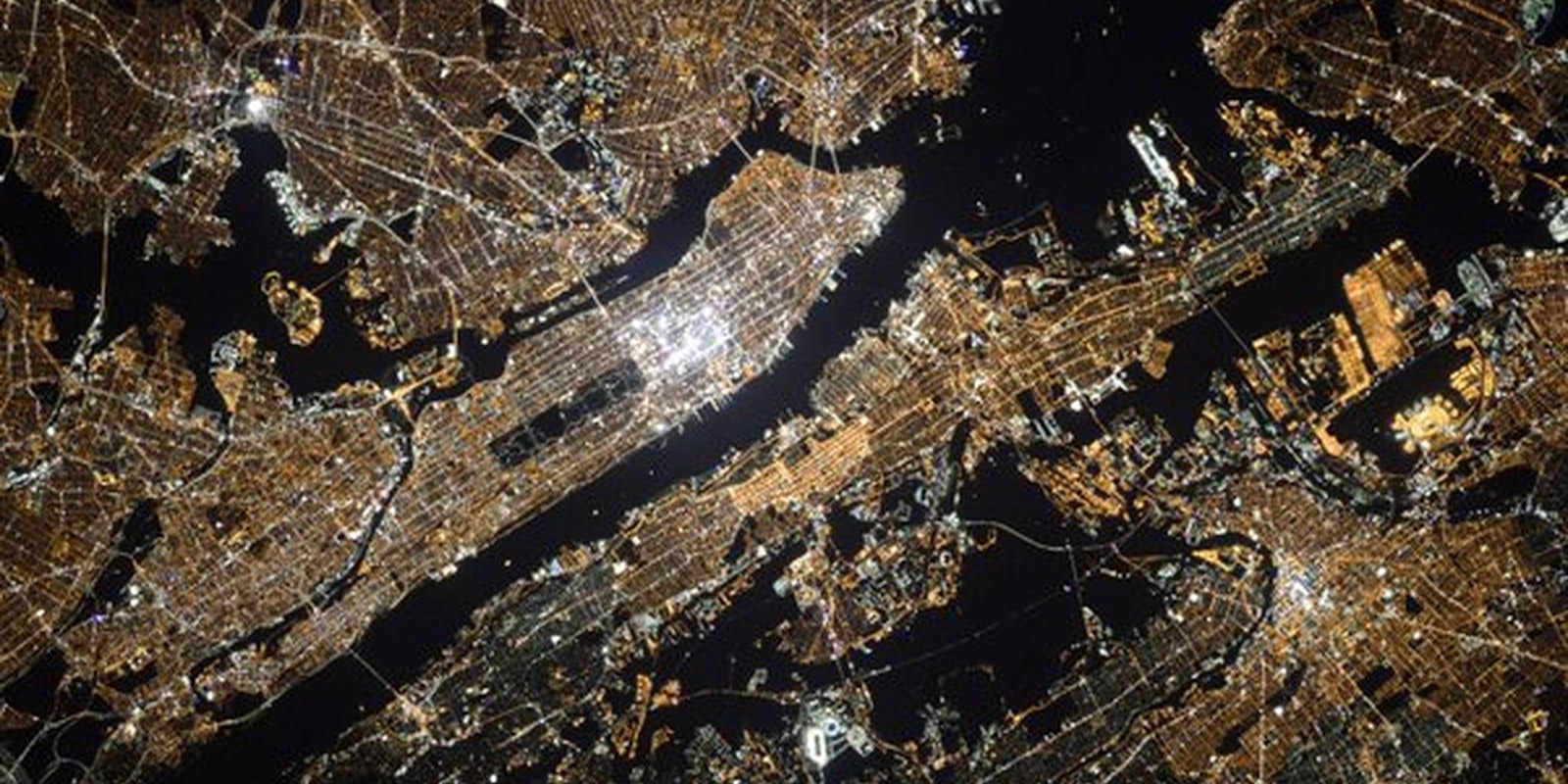Take a moment and try to visualize energy. You might think of lightning—that raw untamed force of nature tearing open the skies with a brilliant flash, or you might think of the sun, and its ability to sustain our world and illuminate the solar system.
But the energy we interact with daily isn’t big and flashy—it moves through inconspicuous outlets in our walls. These outlets are a deceivingly simple interface to an immensely complex system. This system has served us well for nearly a century, but our emerging needs for environmental sustainability and power stability mean we’re about to outgrow it.
If we follow the wires and cable back from our outlets, we’ll find a heavily regulated industry made up of private companies, non-profit operators, public agencies, aging infrastructure, raw fuel sources, prediction software, and thousands of miles of copper wire. All of these elements work together to bring us reliable electricity (almost) every day.
Let’s take a quick glance at the infrastructure of energy. Today, large centralized power plants produce energy miles away from civilization, which is then brought to us through a grid of transmission, distribution, and substations that transfers that energy to its end users—you and me. This system was designed to address past concerns of fast proliferation of power throughout the nation. It was built to be quickly scaled and to be efficient.
Our energy grid is unprepared for the day when we all return home at 6 p.m. and plug our electric cars in at the same time.
This top-down energy paradigm is poised for change. Our energy grid is unprepared for the day when we all return home at 6 p.m. and plug our electric cars in at the same time. On their own, concepts and technologies like real time data-guided decision making, smart meters, solar, and more have intriguing implications for the future. When combined, they have the potential to completely disrupt the energy industry and create new experiences that fundamentally alter the way we interact with our power system.
As participants in the energy grid, it is up to us to envision and design the future we want—and not just let it happen to us. We’re on the cusp of three major shifts that will open opportunities to transform how we illuminate the world.
Analog to Digital: Enrichment through information
With Amazon Web Services, the cloud, scalable networks, drones, sensors, and more, the ability to collect information throughout a network in real time is becoming a reality. In an industry that still hires people to go to your house and manually note your power usage from a meter, how can we use collection of information to enrich the efficiency and the operational capacity of the energy grid today?
With the dispersion of smarter devices throughout the grid collecting information and sharing it with the network, how can we use this data to better match supply to demand in order to reduce waste?
How might we increase awareness of where and how energy is being used in order to surface important trends and or behaviors?
Centralized and Decentralized: Power infrastructure
With the proliferation of digital tools and services and the movement behind renewable energy, a decentralized power infrastructure seems like the next logical step. By combining the massive power generation capacity of large centralized power plants with local residential and commercial renewable energy production, we can create symbiotic blend of thinkings and processes that highlights the efficiency of centralization with the resiliency of decentralization, transforming the way the grid currently works.
How do we create the network redundancy needed for emergency adaptability without the need to lay new underground wires throughout a neighborhood?
Passive or Active: Our engagement with energy
Distributing energy production and storage and tracking its usage gives us the opportunity to make energy more attuned to our needs. Our day-to-day interaction with energy doesn’t need to remain limited to the experience of receiving a bill in the mail each month. We can imagine a world where we choose the energy we want to use, or are naturally incentivized to be better energy consumers for the grid system and the planet.
What if we knew the state of the grid and could plan our usage accordingly? What happens if we become the focus of the grid, rather than centralized power producers?
The winds of change are already blowing. This aging, complex system, that underlies everything we do, is filled with systemic problems that definitely need to be tackled. But it’s also a system ripe for a chance to work better for us. As forward thinking designers, programmers, and citizens—it’s about time for us to illuminate the path we wish to walk.
Eric Chan is a venture designer at IDEO coLAB and a self-proclaimed creative engineer. Follow him on Twitter @Erirrows.
A version of this story originally appeared on Medium and has been reprinted with permission.


